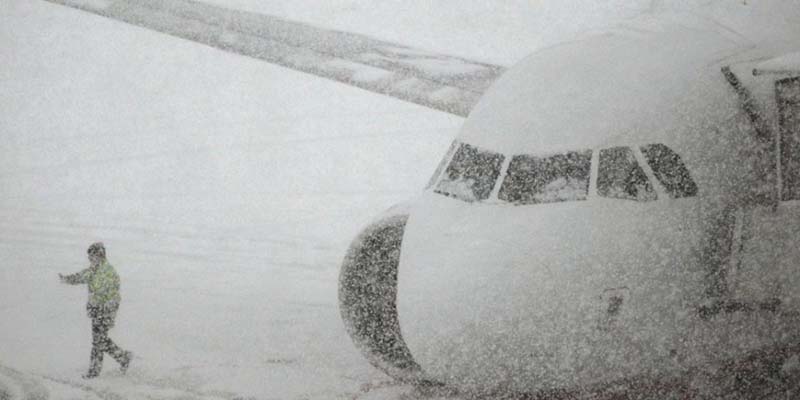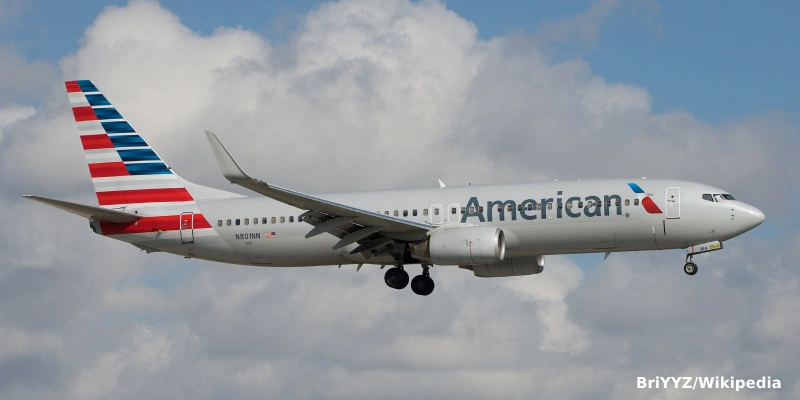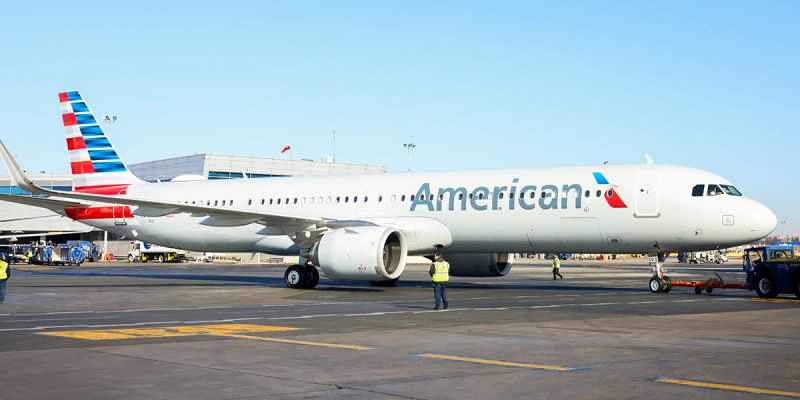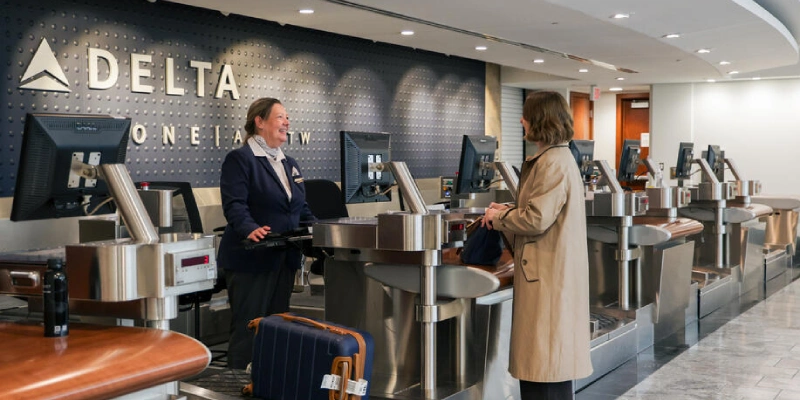In the midst of the uncertainty that continues to affect business around the world, and suffering the particularly hard blow of covid to air transport, Avianca’s president, Anko van der Werff, shows with optimism the strategies with which the company expects to fly high again and overcome the current Chapter 11 process in the United States, in an interview published by El Tiempo.
See also: Colombia: Avianca launches new flights from Pereira to Cartagena and Santa Marta.
What does the bet on new cities consist of?
Previously we focused especially on Bogota. Now we are going to compete better in the regions, without diminishing our position in the capital. But our relevance in cities like Barranquilla, Cartagena, Cali, Medellín…, also in Central America, is going to grow a lot. And we have already made a lot of progress. For example, direct flights from Pereira to Santa Marta or Cartagena. In two weeks Cartagena-San Andres starts. Also, Medellin-Cancun, Medellin-Punta Cana.
How many new routes will you be launching in the coming weeks?
With the ones that started two weeks ago, eight new routes. There are also Guatemala-New York and Guatemala-Washington. The point is that in the next two and a half or three years, we are going to launch 50 new routes.
In addition to increasing direct routes, what other strategy are you implementing?
An important theme that has already been launched but we are going to expand it is ‘Vuelo a tu medida’, with a new product, the XS. Avianca is going to be a new Avianca for many more people. It is going to other market segments in which we have not traditionally competed. We have used these 12 months of covid, of pandemic, of chapter 11, to reach this point where we will be able to compete.
When does the XS tariff start?
As early as in the next few weeks. In fact, it’s something we haven’t explained well: starting in January we’ve had tariffs around P50,000. New products, such as XS, are an extension of ‘Vuelo a tu medida’, which had already been successful before covid. Without losing the good things we had before. Being very competitive in low prices, but keeping the loyalty program, business class seats, long haul flights to Europe, which the competition does not have. The ‘Tailor-made flights’ scheme is for all domestic and international destinations.
What is the growth target for this year?
We are operating around 250,000 seats per week, and we are aiming for 500,000 by the end of the year. At least double the capacity. What we have seen is that domestic markets are recovering faster than international markets.
And how much of those seats will be domestic?
It will probably be 50 percent international and the other 50 percent domestic.
What else is in the strategies?
To be much more efficient. The Avianca 2021 plan was already in place before covid. For example, the redesign of the seats, which allows us to lower costs. They are much thinner, cleaner, more efficient. Efficient also through direct channels. In the last few weeks we have seen that 35 percent of people resolve their service issues through our digital channels.
On sales issues, those channels allow us to have additional products. These include the PCR test, which is offered to those who want to travel, for example, to the United States. At the beginning we promised less than 48 hours; it was already less than 24 hours. I did it just today, and it was less than 12.
What other aspects are there in efficiency?
One thing people always ask us for is punctuality. And we are very happy. In March we reached really historic levels, of 97.5 percent punctuality of flights as of yesterday. After the strike in 2018 – which was a very difficult year – in 2019 we were between 60 and 70 percent.
Last year, before covid, we already reached levels of 84-85, around there. Now we are at 97 percent in March, and all year, 96. And that gives us enormous efficiency in all processes. It is a virtuous circle.
Do these strategies imply changes in the fleet?
It is still too early. We need a few more months, because it is part of the Chapter 11 process, negotiations with lessors, with Boeing, with Airbus.
By the way, what’s next in Chapter 11?
We are already 10 long months into this process. Initially we tried to relieve the cash flow, to raise the financing we obtained towards the end of the year, and now we are focused on negotiations with our creditors, in line with the redesign of the network and the search for efficiency, with the redesign of the fleet so that it is consistent with this new network and the products we are going to offer.
You can see in the Court that we have already filed quite a few decisions on small aircraft, which we have been taking.
We are still in those negotiations, which we expect to conclude in the next sixty days, and in the meantime there is a part of chapter 11 that involves negotiations with the large service providers, with the large master service agreements.
Then we have to present a reorganization plan to the Court, showing how the company expects to operate going forward; what the financial projections are; how it expects to take care of the obligations it is assuming; how it expects to refinance the financing we have taken, and then there is a period of approval of that plan, all with a view to exiting Chapter 11 in the second half of the year.
We do not have the exact date yet. It will depend on the speed of demand recovery. In countries where vaccination is being accelerated and the numbers are falling steadily, there has been a fairly rapid recovery in demand, which we hope will also happen here.
What would you say to the authorities about the possibility of a third peak of closures?
We have the flexibility to react to whatever happens, as we have reacted to the closures in Rio de Janeiro, Sao Paulo, Leticia and England.
How much are you affected by the fact that U.S. competitors are receiving government subsidies?
Giving billions and billions of dollars for payroll programs doesn’t help. It’s a total distortion of the market. Just this week I am having my conversations with the Aerocivil because there is a distortion. Not only are they still flying, but they are putting more capacity than before the covid, while the demand is at 10, 20 or 30 percent. We must be very careful that covid is not used to distort the future of the market.
The aid that Avianca requested was financing that was repayable. And when you have to repay you have to be rational. But when you receive subsidies that you are not going to have to repay, that leads to decisions that make it difficult to compete with those who do not have to incur direct employee expenses. And we, at the end of the day, do not receive government support in money.
Related Topics
More Than 1,000 Flights Canceled in the United States Due to Winter Storm Devin
American Airlines Launches Seasonal Route Between Chicago and Querétaro for Year-End High Season
American Airlines Debuts Airbus A321XLR on Transcontinental Route Between New York and Los Angeles
Delta Expands Delta One Check-In Spaces Across All Its U.S. Hubs
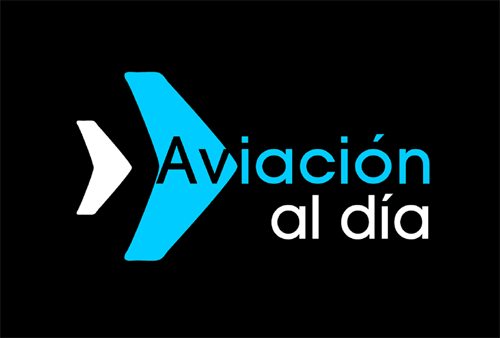
Plataforma Informativa de Aviación Comercial con 13 años de trayectoria.

